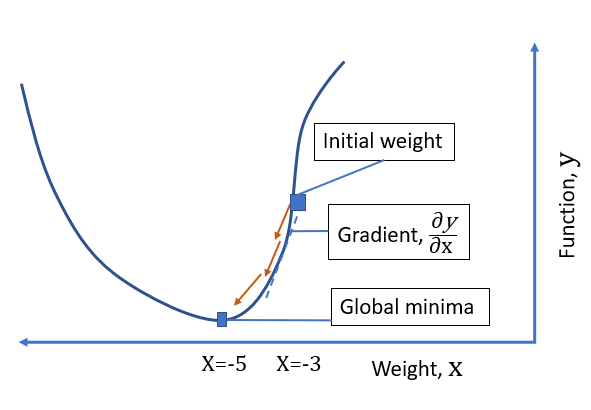This article will help you understand the transition of AI from classical machine learning to deep learning, starting from the basics of machine learning with its major - supervised and unsupervised learning to different regularization and optimization techniques.
The goal of this article is to introduce the major concepts of machine learning-what is machine learning? How does a machine learn by itself to do a particular task? How does it choose the essential features of the data that strongly contribute to the prediction of future events? How can we understand whether a machine has succeeded or failed in that?
In this article, we will discuss the foundations of artificial neural networks starting from perceptron to multi-layered feedforward neural networks. This article discusses the various stages of how to apply different transformation techniques for data preparation, how to train a neural network, and then validate and deploy a neural network for solving real-world problems.
In this article, we’re going to cover the following main topics:
· Understanding Machine Learning and Artificial Neural Network
· Feedforward Neural Network & Backpropagation Algorithm
· Evaluating and Tuning the Artificial Neural Network
· Classical Machine Learning vs Deep Learning
Understanding Machine Learning and Artificial Neural Network
This section starts with a brief overview of what is machine learning, its major types- supervised and unsupervised learning. Then we will understand the very evolution of artificial neural networks starting with how a biological neuron works. We’ll also discuss the design of artificial neurons with an understanding of deep neural networks with activation functions.
What is Machine Learning?
The term, Machine learning, has become a buzzword nowadays which refers to the ability of a machine to learn from the data without the help of the set of rules that are defined explicitly as like in the traditional rule-based algorithms. So definitely, if it learns from the data without any need for an explicit declaration of rules then it has to do with the experience from learning.
“Our way of learning always follows a curve of failures although it’s perfectly descendent, lastly it will converge to the extent of our hard work”
In the last decade of technology, machine learning techniques have become the common tools to automate the tasks that would have required huge efforts with the traditional rule-based algorithms.
In the** traditional rule-based algorithms**, the set of rules used to be defined to work on with a specific variety of data and could not be generalized to a large extent of data because of its specificity of working on only particular data. For example, if YouTube, a video sharing site decides to perform a copyright check on videos that are being uploaded on its server with a human operator, it will need a lot many people to execute this task of copyright check. But if YouTube chooses to do this with the help of some video processing algorithm then the task of copyright check would be easier but not robust as video processing algorithm possibly would work only on a set of videos that don’t have any kind of transformations like flip, rotate, crop, blur, etc. And it’s quite difficult to write a separate algorithm for individual transformation so the solution to this problem can be machine learning. In this case, a learning model is built by getting trained on data and identifying implicit features that uniquely signifies the data with which new data can be validated automatically.
Today, we are living in the era of machine-learning-based technologies; email services learn how to classify the emails into spam and ham; search engines learn what to recommend to the user based on their search history; banking systems are now able to sanction loans based on the creditworthiness of a customer. Prediction of heart disease based on clinical data, identifying voice commands, and forecasting annual rainfall are other significant tasks that machine learning facilitates.
One common problem with all of these applications is that a programmer cannot explicitly define the set of instructions for the task that needs to be performed due to the underlying complexity of the data; this was machine learning helps. It has made itself useful across industries like retail, banking, healthcare to the automobile industry for its ability to predict future events with significant accuracy.
_In machine learning algorithms, the __input is the experience in form of data _and output is knowledge or wisdom gained with inductive inference which in turn helps to predict future events, so rather, machine learning is an art of experiential learning.
Let us start with a real-life experience of preparing a food dish with some cooking recipe, how do we prepare the food, let’s go through the process of making the delicious food, at first we collect all the ingredients that are needed for food preparation, as a naïve person in the cooking, we follow a cooking recipe which involves set of steps that need to be performed. Let us take an example of a famous dish of western India, poha, which needs many ingredients like beaten rice flakes, mustard, curry leaves, groundnuts, oil, salt, and others. Assume now, with all ingredients, we start making the poha as per the directions in the cooking recipe.
#artificial-intelligence #machine-learning #artificial-neural-network #neural-networks #deep-learning
